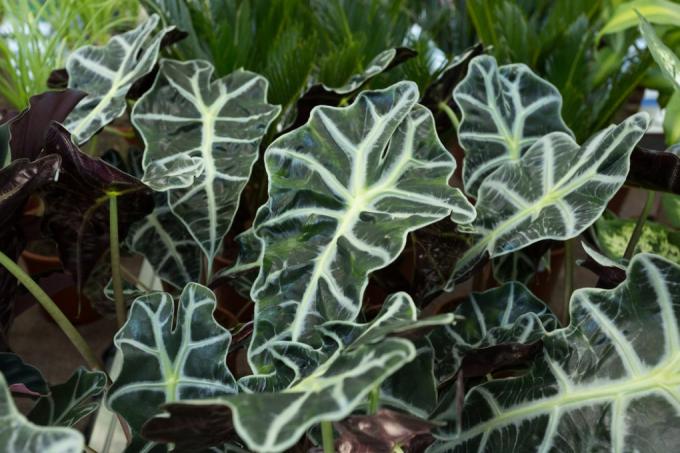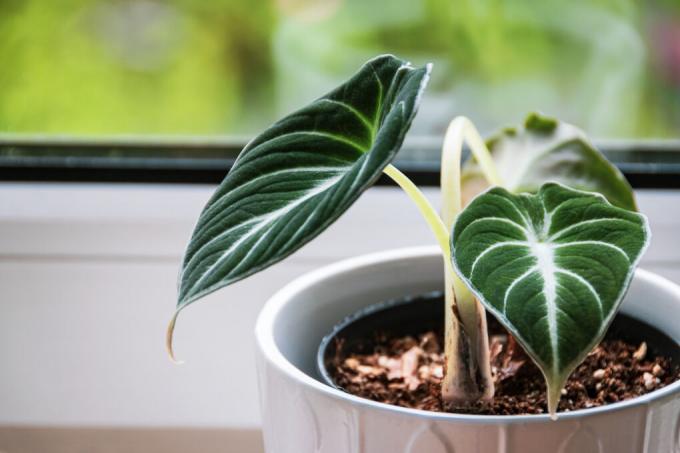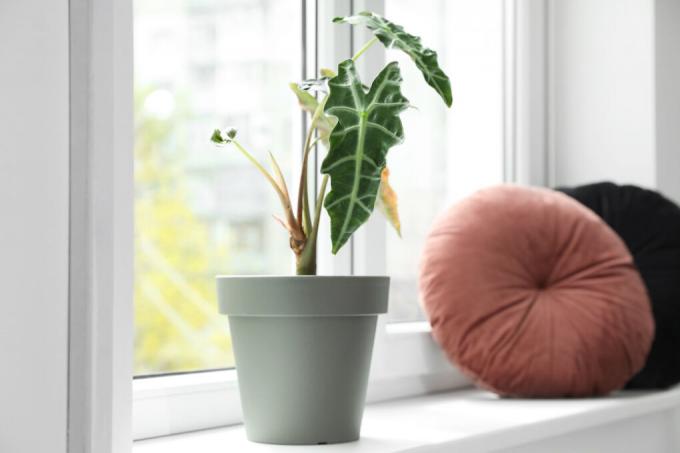AT A GLANCE
How do I mix the ideal Alocasia soil myself?
Mix the perfect Alocasia soil yourself from 2 parts coconut soil, 2 parts pine bark, 1.5 parts perlite, 1 part activated charcoal, 1 part worm castings and 1 part sphagnum moss. This mixture ensures a slightly acidic, structurally stable, airy and nutrient-rich environment for the plant.
How can I mix the perfect Alocasia soil myself?
The perfect substrate for your Alocasia is a mix of organic ingredients and mineral additives. Ideally, the soil mix consists of coconut soil, pine bark, perlite or clay granules, sphagnum, activated charcoal and worm castings. How to mix the substrate correctly:
- 2 parts fertilized coconut soil and mix 2 parts pine bark.
- 1.5 parts perlite(€6.00 at Amazon*) and 1 part pre-fertilized activated carbon.
- Add 1 part worm castings and 1 part sphagnum moss.
- Mix all ingredients again.
also read
What is the simplest substrate mix for an Alocasia?
The simplest mix for good Alocasia soil is 50% peat-free potting soil
and 50% inorganic additives such as sand, lava granules(€14.00 at Amazon*) or expanded clay. Coarse-grained, mineral ingredients don't just make Alocasia soil structurally stable and air permeable, but also act as drainage to protect against waterlogging.Because the tropical houseplant thrives in slightly acidic green plant soil, you can mix the substrate with a handful cactus soil enrich. Incidentally, this field-tested mix is excellent as a substrate for many arum plants, such as philodendron and window leaf (Monstera).
Tip
Alocasia prefers high humidity
That is what is desired for healthy growth elephant ear an even humidity in the substrate and in the air. Proper watering behavior aims at constant core moisture in the root ball. Soaking wet soil is to be avoided, as it causes waterlogging yellow leaves. To increase the local humidity, place the arrowhead in a saucer filled with water and pebbles or keep the houseplant in hydroponics.








